Saving ChatGPT Prompts for D&D World-Building
Creating a homebrew D&D campaign setting can be an overwhelming task. There’s the high-level concept to figure out—like what kind of world your players will explore—and then there are the many layers of detail: cultures, governments, NPCs, history, and all the little quirks that bring a world to life. Over the years, I’ve come to see this as a sort of living puzzle—something that grows and shifts as the game does.
One tool I’ve been exploring lately is using ChatGPT to help with the foundational brainstorming. Instead of replacing creativity, it acts as a springboard—pushing ideas forward when I get stuck or offering fresh angles I hadn’t considered. My process starts with a structured prompt designed to cover everything: from the broad theme of the world and its cultures to the threats and challenges players might face.
For example, I’ll ask ChatGPT to create a campaign setting overview that touches on:
Setting name and theme
Cultures, magic levels, and geography
Government structures and the world’s history
Conflicts and dangers for the players to face
Five focal points or locations that are central to the setting
Once that’s generated, I ask for a concise campaign synopsis—a summary that distills everything into a single “teaser” paragraph, something I can share with players to get them hooked before Session Zero.
From there, it’s all about diving deeper. I break down each of those five focal points into detailed locations—crafting a prompt that asks for geography, purpose, population, government, local culture, notable NPCs, and even plot hooks. That’s how I turn a rough map of a world into places that feel like they’re alive, ready for players to explore.
But I also want this process to be repeatable and efficient. That’s where the Prompt Genius extension comes in. By saving my prompts as reusable templates—complete with variables like “location name” or “government style”—I can generate new content quickly and consistently. Whether I’m building a desert oasis city or a hidden monastery in the mountains, it’s the same process: generate, adapt, tweak, and fold it into the living story that we’re creating together at the table.
Of course, none of this is about replacing the creativity of a Dungeon Master or the imagination of players. It’s about building a foundation so that the game can evolve naturally—where the players’ choices, the dice rolls, and the shifting story shape the world in ways no AI could predict.
For more details and examples, I’ve shared a full walkthrough of this approach on YouTube (linked above). If you’re curious about how to make these tools work for your campaign—or if you’re just looking for a fresh spark to get the ideas flowing—I think you’ll find it a good starting point.
Cheers,
Brian
